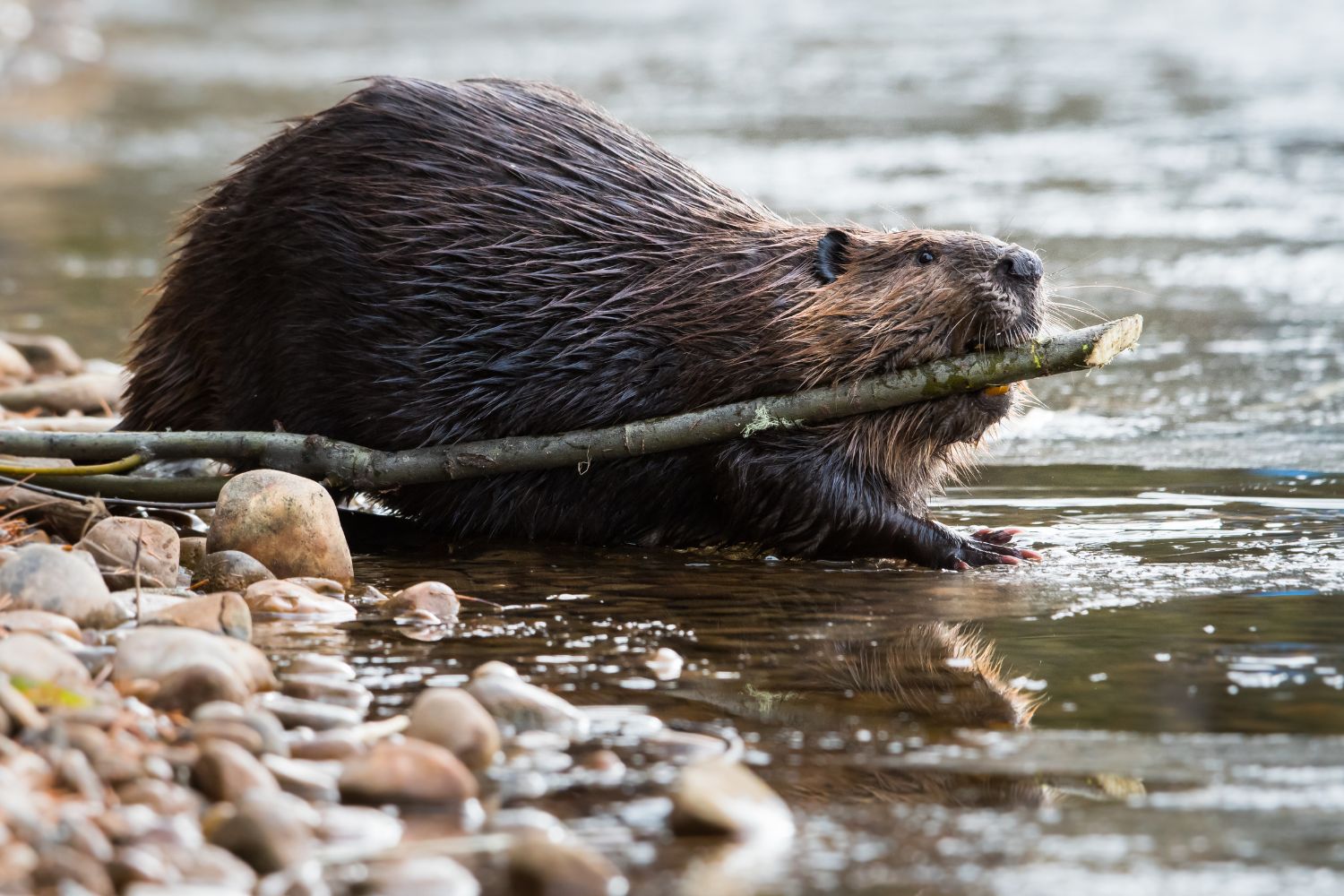After seven decades, beavers are back in California. Their return, supported by Native tribes, restores ecosystems and redefines coexistence with nature.

After more than seven decades, beavers have come back to the California landscapes from which they had vanished. In 2023, the state’s Department of Fish and Wildlife (CDFW) launched a reintroduction program in collaboration with Native communities, including the Tule River Tribe and the Mountain Maidu.
The goal is not simply to restore an animal to its former habitat. It is also about rebuilding a different kind of relationship between humans and nature, one that emphasizes coexistence and recognizes the benefits these animals can bring.
Not everyone realizes that beavers are often described as “ecosystem engineers.” By building dams and lodges, they reshape the land in ways that hold back water, slow down drought, improve water reserves, and create rich habitats for fish, birds, and countless other species. The wetlands formed by their constructions even act as natural firebreaks—an increasingly crucial defense in a state where wildfires have become a near-constant threat.
A story of exploitation
For centuries, beavers were relentlessly hunted for their fur. In California, their presence was almost completely erased, to the point where official science claimed they had never lived in the state’s mountain regions at all. That narrative collapsed in the 1980s, when archaeologists uncovered ancient dams in the Sierra Nevada that proved otherwise. Their disappearance had created not just an ecological void, but a cultural one as well—a true “century of amnesia.”
The role of native tribes and the first signs of change
For Native communities such as the Tule River and the Mountain Maidu, the beaver is far more than just another animal. It is family, spirit, and tradition. Ancient pictographs at Painted Rock depicting beavers are evidence of how central they once were to daily life. Their return today is experienced as an act of healing, not only for ecosystems but also for the communities that have always regarded them as allies.
For decades, farmers and officials dismissed beavers as “pests” because their dams flooded croplands or blocked waterways. Today, however, conflict is being addressed with non-lethal solutions: devices that regulate water levels, protective wire mesh around trees, and educational programs for local residents. Even the CDFW’s official website now highlights the “conservation value” of beavers—an unmistakable sign of a profound shift in mindset.
In the meadows of Tásmam Koyóm, in Maidu territory, the newly released beavers have built dams that increased water coverage by 22 percent, attracting rare species like the sandhill crane and improving fish habitats. On Tule River land, the first animals fell prey to predators, yet the tribe remains determined and continues to request new releases.
A lesson in resilience
The return of beavers is more than a conservation story—it is a call to rethink our relationship with nature. Where humans pour concrete to build dams, beavers offer natural, sustainable solutions. Where humans consume, they regenerate. After decades of removal and denial, these animals remind us that resilience comes from restoring lost balance and allowing those who work quietly, yet tirelessly, for the good of the ecosystem to do their part.
Sources: Tule River Tribe / Mongabay
